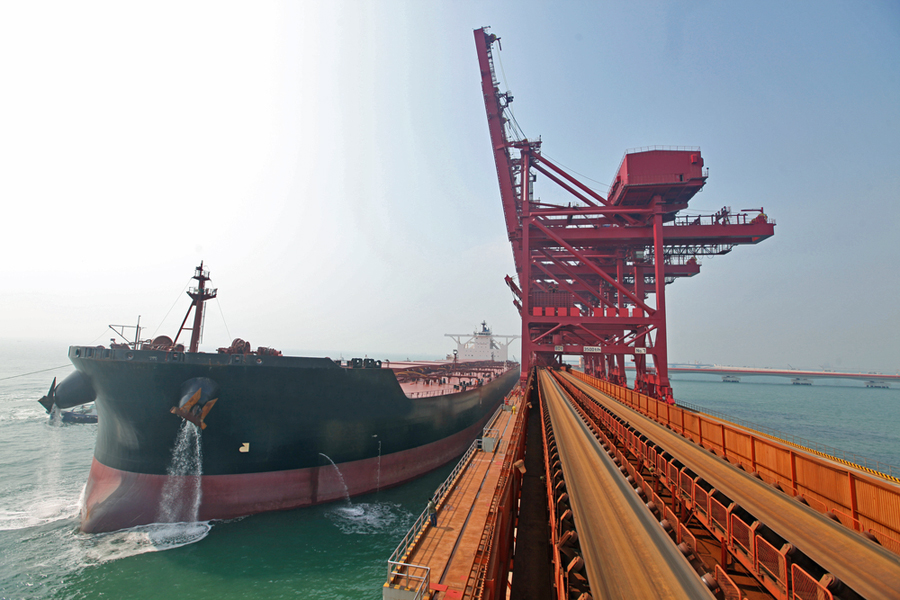
The import price of 62% Fe content ore at the port of Tianjin drifted lower to trade at $58.30 per dry metric tonne on Wednesday according to data supplied by The Steel Index after imports of ore by top consumer China came in slightly below expectations.
That was the lowest level for the Chinese benchmark price since July 27 and futures trading on the Dalian Commodities Exchange indicated further weakness may lie ahead with the most active contract falling 3% to a low of 402.50 yuan or $61.10 on Thursday.
Despite recent weakness and against most predictions, year to date the price of the steelmaking raw material is still up 36% after surging nearly 60% from near-decade lows in December.
China, which consumes more than 70% of the world’s seaborne iron ore trade, imported 87.7 million tonnes in August, only slightly below the 88.4 million tonnes arriving in July which was the highest since December’s record total. Shipments for the first seven months are up nearly 10% from 2015’s record setting pace and on track to breach 1 billion tonnes for the first time.
“Some of that supply is late, but we have every confidence it will arrive.”
At the same time inventories at China’s major ports have climbed substantially from mid-year 2015 and recently came close to the record 111 million tonnes hit in the second half of 2014 before stabilizing around the 100 million tonne level.
World number three producer BHP Billiton this week poured cold water on predictions that the rally could be sustained. Australia’s Herald Sun quotes BHP vice-president of market analysis and economics Huw McKay as saying “well telegraphed” new supply will be hitting the market in coming quarters:
“Some of that supply is late, but we have every confidence it will arrive.”
“We do expect it will weigh on price from where we are, and we’ll be closer to the middle of the range that we think about, rather at the top of the range, which is where the price is now.”
The rebound in prices and Chinese demand for cargoes have encouraged miners to enter or re-enter the market and a recent research report from the Singapore Exchange showed non-traditional players are increasing their share of the seaborne market.
The global trade of roughly 1.3 billion tonnes is dominated by Australian and Brazilian and low cost producers including Rio de Janeiro based Vale and Pilbara giants Rio Tinto and BHP Billiton have been crowding out not only domestic Chinese miners, but also other exporting nations including number three South Africa where iron ore output is down by more than a fifth in 2016.
Adrian Lunt, head of commodities research at SGX, says the second quarter “marked the first time in years that Australia and Brazil have seen a collective decline in seaborne iron ore market share.”
Of the 10.7 million tonnes of Chinese iron ore import growth in Q2 relative to the firs three months of the year Australian supply rose by around 7.3 million tonnes, Brazilian supply declined by 5.3 million tonnes while supply from other regions rose roughly 8.8 million tonnes.
According to the note, regions ramping up iron ore exports in recent months have included India (first half exports were more than three times higher than the whole of last year), Iran, Peru, Mongolia, Russia, Indonesia and Malaysia.
Lunt adds that some non-traditional supply “could become stickier if hedging strategies at today’s higher price are also adopted.”